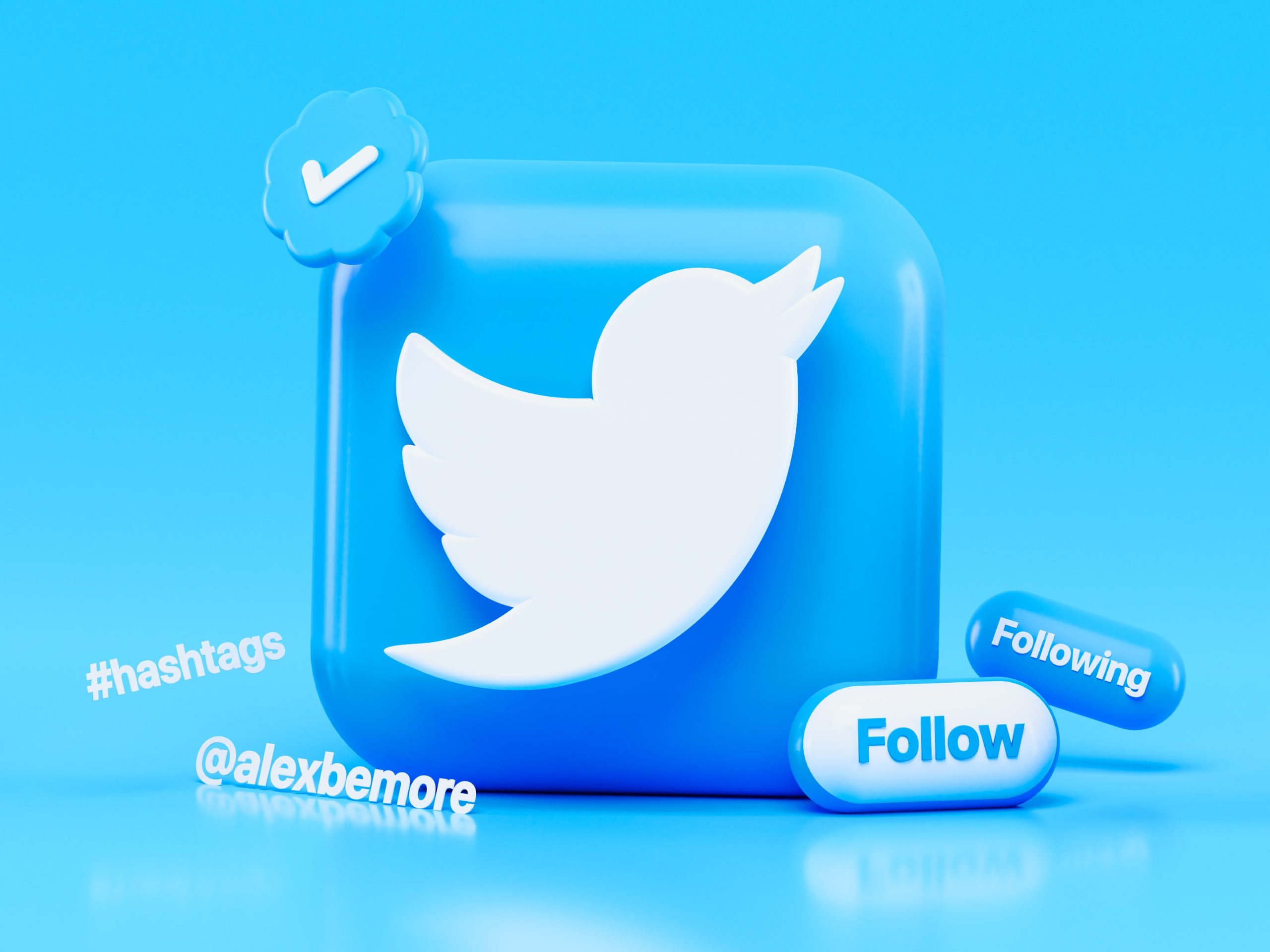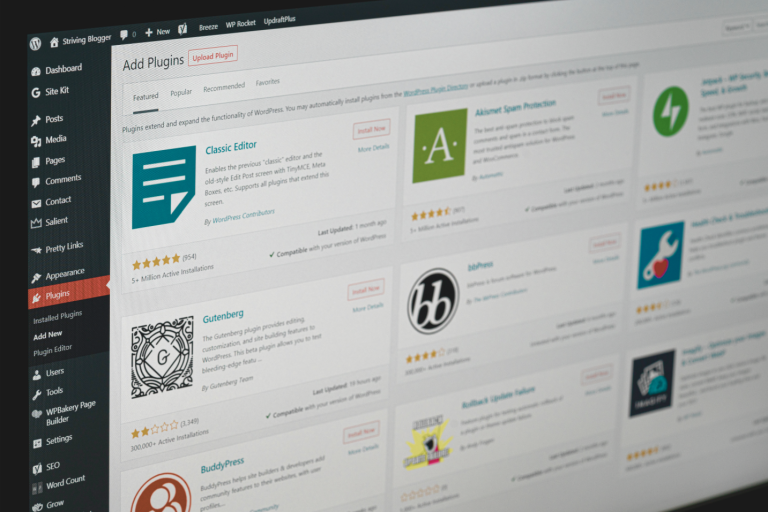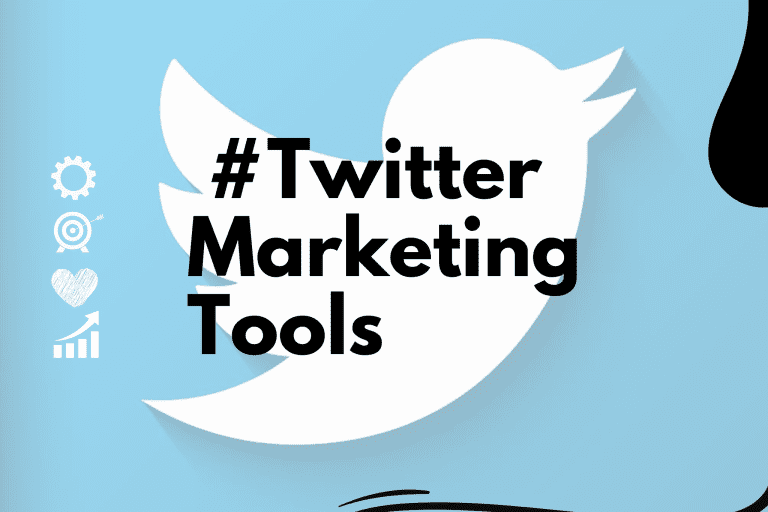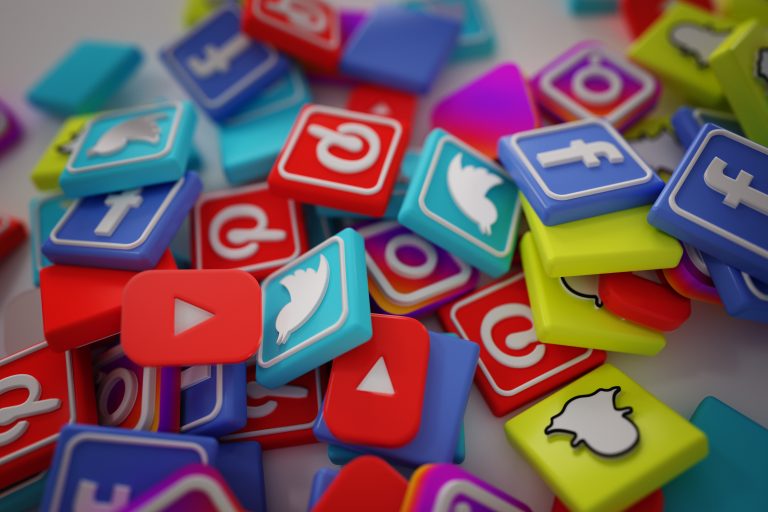How to use Twitter to Carry out your Digital Marketing Strategy?
Twitter, what is it?
Twitter is a microblogging and social networking platform where users can share short tweets messages with their followers. It was launched in 2006 and has become one of the world’s most popular social media platforms, with over 450 million monthly active users. Twitter users can post tweets limited to 280 characters, including text, images, videos, and links. Users can also like, retweet, and reply to other tweets and follow other users to see their tweets in their feeds. Twitter also allows users to discover tweets and accounts using advanced search and browsing options. In this article, I will explain how you can use Twitter o carry out your digital marketing strategy for your businesses.
Why Use Twitter:
There are several reasons why businesses and individuals might use Twitter as part of their digital marketing strategy. Some of the main reasons include the following:
Reach a large and diverse audience:
Twitter has a large user base of over 330 million monthly active users, making it a great platform for reaching a wide and diverse audience.
Build relationships:
Twitter’s real-time nature makes it a great platform for relationships with potential customers and industry leaders. Engaging with other Twitter users can help you build trust and credibility with your target audience.
Share news and updates:
Twitter’s real-time nature makes it a great platform for sharing news and updates about your business, products or services and promoting events and offers.
Engage in conversations:
Twitter is a great platform for engaging followers and getting feedback on your products or services.
Targeted advertising:
Twitter offers a range of advertising options, including promoted tweets, accounts, and trends, which can help you to reach a targeted audience with your message.
Monitor your brand reputation:
Twitter is a good tool to keep an eye on what is being said about your brand, products or services, and your competitors.
Cost-effective:
Twitter advertising can be more cost-effective than traditional advertising, such as television and print media.
Access to data and analytics:
Twitter provides a range of analytics tools that allow you to track the performance of your tweets and gain insights into your audience.
How to use Twitter?
Create a Profile
The first step in using Twitter effectively is to create a profile. This will be your public-facing presence on the platform and should include a bio, a profile picture, and a header image. Your bio should be a brief and clear description of who you are and what your business does. Your profile picture should be a headshot or logo, and your header image should be a high-quality image representing your brand.
Build a Following
Once your profile is set up, you’ll need to build a following. This can be done by following other users, sharing interesting and relevant content, and conversing with your followers. To find users to follow, you can use Twitter’s search function to find other users in your industry or target market. You can also find users to follow by searching for relevant hashtags.
Optimize Your Profile and Tweets
You’ll need to optimize your profile and tweets with keywords, hashtags, and links to increase your visibility and reach on Twitter. Keywords are the words and phrases people use to search for content on Twitter, so be sure to include relevant keywords in your bio and tweets. Hashtags are a way to categorize and discover tweets, so use relevant hashtags. Links are a great way to drive traffic to your website, so include links to your website or blog in your tweets.
Share Interesting and Relevant Content
Regarding what to tweet about, it’s important to consider your target audience’s interests and needs. This might include sharing information about your products or services and providing industry insights, news, and updates. You can also use Twitter to share behind-the-scenes content and showcase your company culture. To ensure your content is interesting and relevant, you should research what your target audience is interested in and then create content that meets their needs and interests.
Engage with Your Followers
Twitter is a great platform for conversing with your followers and getting feedback on your products or services. To engage with your followers, you can reply to their tweets, retweet their content, and like them. You can also use Twitter’s direct message feature to have private conversations with your followers. Engaging with your followers is a great way to build relationships and get feedback on your products or services.
Use Visual Content
Visual content is more likely to be shared and engaged with on Twitter, so include images and videos in your tweets. You can use images to show off your products or services or to share behind-the-scenes content. Videos are also a great way to share information and can be used to promote events, shows, and live streams.
Monitor Your Analytics
Twitter provides a range of analytics tools that allow you to track the performance of your tweets and gain insights into your audience. These analytics tools can help you see which tweets get the most engagement, which hashtags work best, and which users drive the most traffic.
Organize Twitter Space;
Twitter’s new feature is Twitter Space, where you can have live audio conversations with your audience. Your audience will join the space, and then they will be able to participate in your space. It plays vital part in Twitter’s digital marketing strategy for many businesses. It is really fun feature, I would highly recommend you to you use this feature once.
Read More: Mastering the Art of Social Media Marketing: Proven Strategies for Success
What to Tweet about?
Regarding what to tweet about, it’s important to consider your target audience’s interests and needs. Here are a few ideas on what to tweet about that can help you to connect with your audience and promote your business:
- Share information about your products or services: Use Twitter to share information about your products or services and to promote any new releases or special offers.
- Provide industry insights: Share your expertise and knowledge about your industry by tweeting the latest trends, news, and updates.
- Share behind-the-scenes content: Use Twitter to give your followers a glimpse into your company culture and to show them the people and processes behind your business.
- Share customer testimonials: Share positive customer feedback to build trust and credibility with your target audience.
- Share curated content: Share relevant and interesting content from other sources that interest your target audience.
- Share educational content: Share informative and educational content that can help your target audience to learn more about your industry or products.
- Share personal content: Share personal thoughts, experiences and information about yourself that can help to humanize your brand and make it more relatable.
- Use polls and questions: Twitter has a built-in feature for polls and questions, which can be used to get feedback and insights from your audience.
When and how often to tweet?
When and how often you tweet will depend on your target audience and overall digital marketing strategy. Here are a few things to keep in mind when determining your tweeting schedule:
- Post regularly: To establish a consistent presence on Twitter, it’s important to post regularly. However, it’s also important not to post too frequently, as this can overwhelm your followers.
- Timing is important: The timing of your tweets can also be important. Studies show that the best times to tweet are during the workweek, from Monday to Friday, and during working hours.
- Analyze your analytics: Use Twitter’s tools to see when your followers are most active and schedule your tweets accordingly.
- Test different posting frequencies: Experiment with different posting frequencies to find the right balance for your audience and your business.
- Use scheduling tools: Several scheduling tools available can help you schedule your tweets in advance, so you don’t have to worry about manually posting them.
Conclusion:
In conclusion, Twitter can be an effective tool for carrying out your digital marketing strategy, but it’s important to use it in a strategic and targeted way. By building a strong presence, sharing interesting and relevant content, and engaging with your followers, you can use Twitter to connect with a large and diverse audience and build relationships with potential customers.


Hi, this is Javed Aslam. I hope all is well on your end.
I am a professional content writer and copywriter with more than four years of experience. During these years, I have worked with multiple clients and organizations I made the projects successful. If you are looking for content writing and copywriting services, contact me. Thanks.







